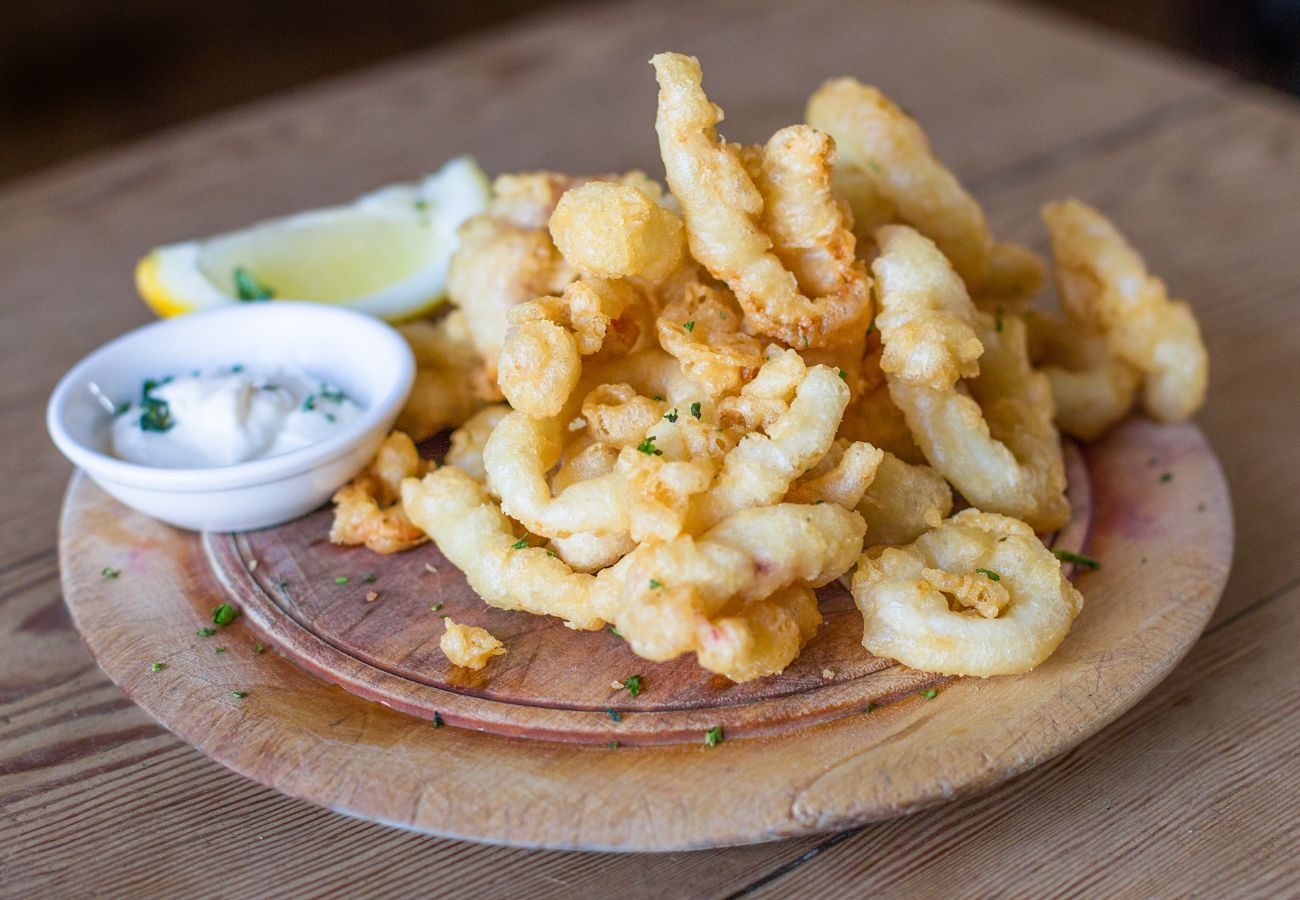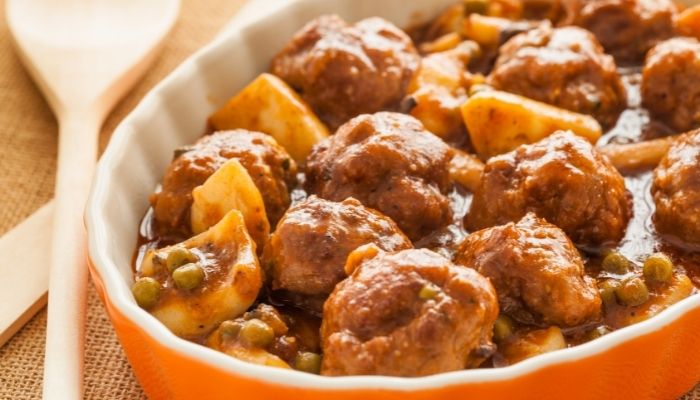
- Ingredients
- Procedure
- Allergens
Traditional recipe for pickled sardines
The "escabeche" is an ancient culinary technique that combines acid flavors with fresh ingredients, creating a delicious harmony of tastes and textures. This technique is a culinary tradition that has been passed down from generation to generation, becoming part of the gastronomic culture of many regions, including Catalonia.
In this technique, the main ingredients, such as sardines, are marinated in an acidic marinade, going beyond simple preservation, since the flavors integrate and develop over time.
Sardines, a small and tasty fish, are ideal for this culinary technique. Rich in Omega-3 fatty acids, vitamin D and minerals such as calcium and phosphorus, sardines offer a variety of health benefits. In addition, its Omega-3 content can help reduce inflammation and improve cardiovascular health. Thus, sardines not only add flavor to the table, but are also a nutritionally interesting option.
The pickling technique not only enhances the taste of sardines, but also offers an effective way to preserve and preserve this delicious fish. The process of dipping sardines in the acidic marinade not only enhances their flavors but also helps prolong their shelf life. This traditional technique has been used for centuries as a method of food preservation, allowing you to enjoy seasonal products all year round.
Now that we've briefly explored the "escabeche" technique and the benefits of sardines as a main ingredient, we're ready to delve into how to create a delicious and authentic "pickled sardines" recipe. A dish that unites tradition and flavor in every bite, offering a unique and unforgettable culinary experience.
By the way, if you like fish recipes you can't miss our baked sea bass either baked lobster.
Don't you have any ingredients? Here are other similar recipes
Ingredients
How to cook pickled sardines
- Let's start with the sardines. We clean them well and dry them with kitchen paper. Season with salt and pepper and lightly coat in flour, shaking off the excess.
- Heat a frying pan with olive oil over medium-high heat. When the oil is hot, add the sardines and fry them until golden and crispy. We remove them and place them on kitchen paper to eliminate excess oil. We reserve them.
- In the same pan, add more oil if necessary. We add the whole head of garlic and the bay leaves. Sauté for a few minutes until the garlic begins to brown and the bay leaves give off their aromas.
- We add the sprig of thyme and the sweet paprika. We stir it well so that the spices mix.
- Incorporating carefully, we add the sherry vinegar. This will create intense steam, so be careful. We let it boil for a few minutes so that the vinegar integrates with the spices and aromas.
- Finally, we pour the hot pickle over the sardines that we had reserved. Make sure they are completely submerged in the pickle. We let them cool to room temperature.
- Once cooled, we can transfer the sardines to a container suitable for pickling, preferably glass. We also added the bay leaves and the whole garlic that we had fried.
- Cover the sardines with olive oil until they are completely submerged. Cover the container tightly and let it rest in the refrigerator for at least 24 hours. This time will allow the sardines to absorb all the aromas of the pickle.


















